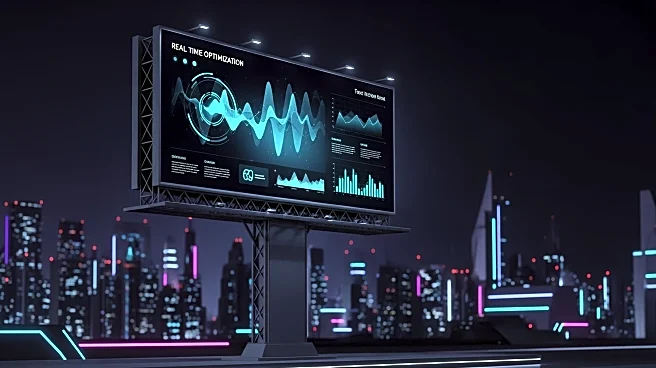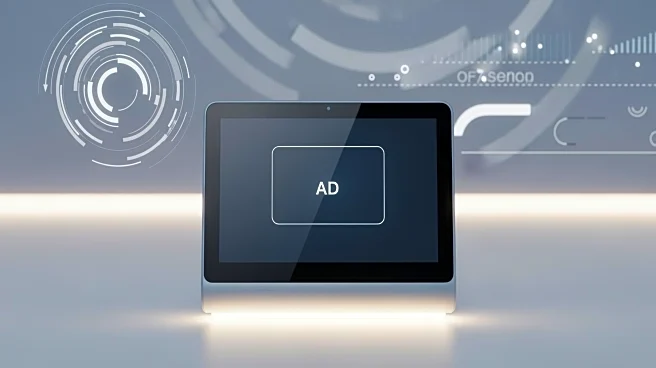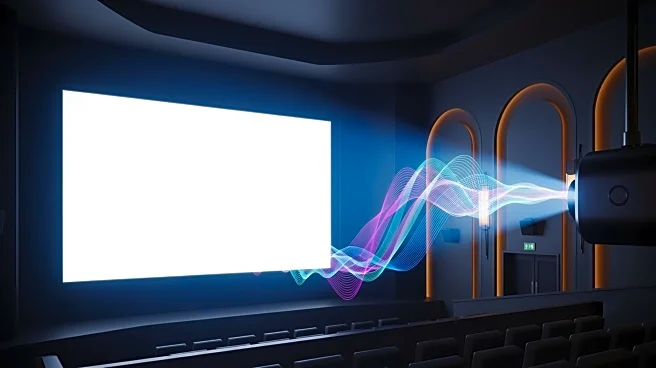What's Happening?
Digital out-of-home (DOOH) advertising is evolving with the integration of real-time optimization tools, allowing advertisers to dynamically adjust campaigns based on audience data and contextual triggers. Traditionally, DOOH relied on fixed schedules
and average audience estimates, but the advent of programmatic buying has introduced flexibility, enabling advertisers to target specific moments when audience attention peaks. This approach is akin to strategies used in television and social media, where content is scheduled to coincide with high engagement periods. By leveraging predictive models that analyze human movement patterns and event data, advertisers can anticipate audience surges and allocate resources to maximize impact.
Why It's Important?
The shift towards real-time optimization in DOOH advertising represents a significant advancement in the industry, offering advertisers the ability to enhance campaign efficiency without increasing budgets. By focusing on primetime screens—those predicted to experience audience surges—advertisers can ensure that their messages reach the largest possible audience at the most opportune times. This approach not only improves visibility but also maximizes the return on investment for advertising campaigns. As advertisers increasingly adopt this strategy, it could lead to more personalized and effective advertising experiences for consumers, potentially reshaping the landscape of outdoor advertising.
What's Next?
As the DOOH industry continues to embrace real-time optimization, advertisers and planners are likely to explore new tools and platforms that offer enhanced predictive analytics and audience data integration. This could lead to further innovations in how campaigns are designed and executed, with a focus on precision targeting and audience engagement. Additionally, as more advertisers recognize the benefits of this approach, there may be increased collaboration between technology providers and advertising agencies to develop solutions that cater to the unique needs of the DOOH market.
Beyond the Headlines
The adoption of real-time optimization in DOOH advertising raises questions about privacy and data usage, as advertisers rely on detailed audience data to predict movement patterns and engagement levels. Ensuring that these practices comply with privacy regulations and ethical standards will be crucial as the industry evolves. Furthermore, the ability to dynamically adjust campaigns based on real-time data could lead to more responsive and adaptive advertising strategies, potentially influencing consumer behavior and expectations.













